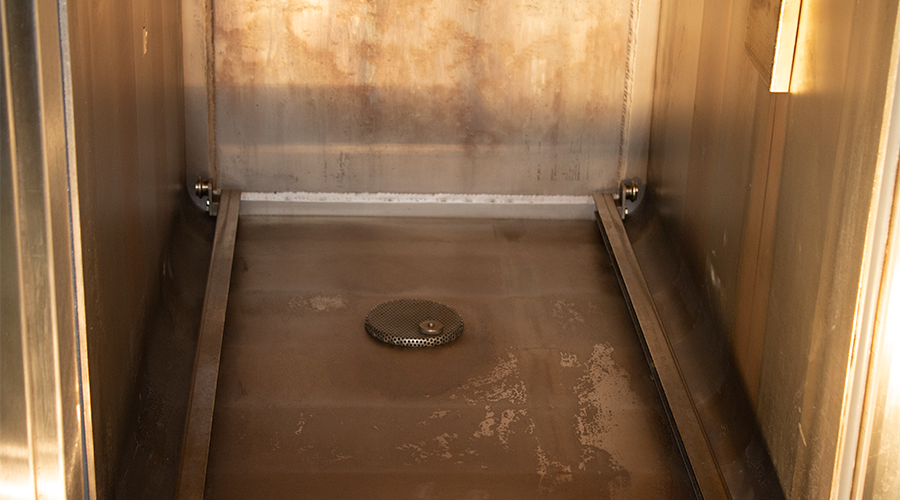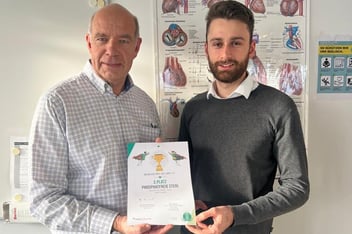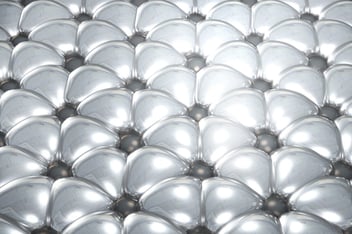Reading time: 7min.
Borer Chemie, 30. April 2024
Derouging - value preservation, risk minimisation and relieving the strain on personnel resources
What is rouge?
Rouge is a form of surface corrosion characterised by a large-scale reddish-brown colour change of the surface (see illustration). The occurrence of rouge as a result of the harsh conditions during steam sterilisation such as vacuum, high temperatures and a water vapour-saturated atmosphere. On the one hand, rouge acts as a kind of passive layer for the steriliser, but on the other, the rouge poses a risk to the medical devices being reprocessed.

What danger does rouge pose?
If the chamber walls of the steriliser are heavily contaminated with rouge, there is a possibility that this discolouration can be transferred to the medical devices being reprocessed. As a result, a visual assessment of the cleanliness after completion of the manual and automated reprocessing is made more difficult or, if under extreme circumstances, can no longer be guaranteed or relied upon. This can become a potential source of risk for patients. The presence of flash rust can also lead to corrosion of the instruments, which is associated with high repair and replacement costs. Corrosion can also impair the functionality of the instruments, which clearly must be avoided under all circumstances in order to prevent or minimise the risk of failure during surgery. One remedy for the instruments themselves is deep cleaning and passivation.
Solutions for removing rouge in sterilisers
Manual electropolishing vs. deconex® Derouge System 2.0
There are various ways of removing rouge, which can be divided into mechanical and chemical solutions. Mechanical removal of rouge, pickling with inorganic acid as well as electropolishing - due to the metal abrasion and aerosols produced - means encasing the steriliser. This can lead to severe disruption of operations in the CSSD. Mechanical removal also damages the protective passive layer, which encourages the reappearance of rouge soon afterwards.
Borer's Derouge 2.0 offers a process with many advantages. On the one hand, the overall procedure is very gentle on the material due to the specially formulated, pH neutral chemistry, and on the other hand, the CSSD staff are not tied up and are available for the daily challenges. The Derouge system not only removes deposits and discolouration, but also passivates the chamber. The process runs with the steriliser door closed, preventing the escape of any vapour or potential contaminants, which is a risk with other methods. The only compromise lies in the autoclave being out of action for one day.
Derouging in practice:
For a more detailed insight into Borer's patented derouging process and why rouge poses a risk to surgical instruments, read our white paper "Derouging discoloured sterilisation chambers"


